|
This blog post covers how emergent gaming tools and technologies have been used to make high-fidelity defence simulation, including LVC (Live, Virtual and Constructive) simulation which is the way ahead for most military simulators. The LVC Simulation was done atop a high-fidelity terrain reconstruction which was mapped in-house via a Drone operation. The high-fidelity, one-to-one scale terrain already had about 30times the resolution available from Google earth, and was then made interactive and compliant with an LVC Simulation architecture where troops and tanks could train simultaneously. The concept was successfully demonstrated and highly appreciated, as part of CII & Indian Army’s Seminar on Simulation, conducted by the Army Design Bureau. This is part 2 and concluding post on the entire exercise, and part 1 covers the aerial mapping of the terrain via a drone here. High fidelity synthetic terrain recreationThe attached graphic illustrates the entire pipeline of constructing the high-fidelity terrain for the simulation exercise. Major parts are further explained below.
The image below, shows the synthetic terrain (virtual) constructed via the above pipeline. LVC Architecture and its enablersLVC stands for Live, Virtual and Constructive Training.
This is the major problem - This is a major problem as right now, how do various systems – say a human and a tank, operate together, especially when one may be live, and the other virtual, located hundreds of kilometres apart ? And that too in a cost-effective manner ? This is where the rapidly transforming gaming technology comes in handy.
This completes all the hooks, which are needed to interface between live and virtual participants, and can then operate jointly over a mapped terrain, with the game engine acting as the glue which holds everything together. The below diagram illustrates the interfaces. Demonstration of an LVC ExerciseAn ounce of practice, is worth a ton in theory, and thus the above proposed scheme needed to be put to test, so we got on with it. A proposed setup was made, where geographically distributed participants from different systems could engage in a joint networked exercise. Here is how one such activity unfolded.
Reception and Conclusion.The above mentioned exercise was prepared and demonstrated live, at SEMSIM 2015, a joint symposium by Indian Army and CII, organised by the Army Design Bureau. Two participants, one hosting the networked synthetic environment drove the tank via a PC, where as a mockup of a ATGM, once again networked via a kit participated with the join exercise and was again able to ambush the tank. A detailed paper on the entire exercise, and as an extract from the SEMSIM compendium, is attached alongside for download. On the whole, the entire exercise demonstrated that existing gaming tools and technologies, and the rapidly evolving mediums of AR and VR, are able to deliver the LVC training as required. The technology demonstrator proved the live, virtual and the constructive elements were able to perform as per their objectives, and most importantly, able to co-operate over a synthetic terrain.
|
Follow updates
Categories
All
Archives
February 2017
|
SIGN UP FOR OUR NEWSLETTER
|
GET OUR APPS
|
|
|
|
|
CONNECT WITH US
|
|
|
|
All rights reserved. Threye Interactive Pvt Ltd. 2021

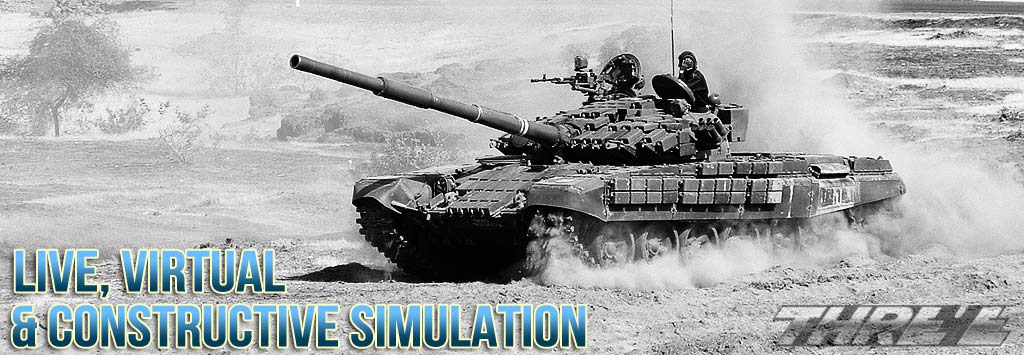
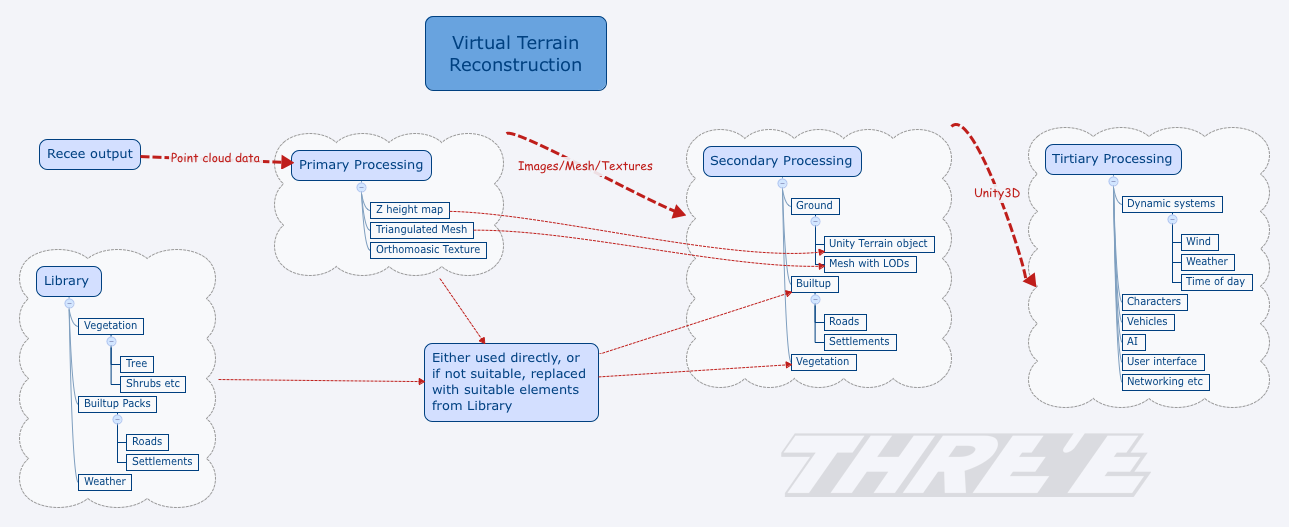
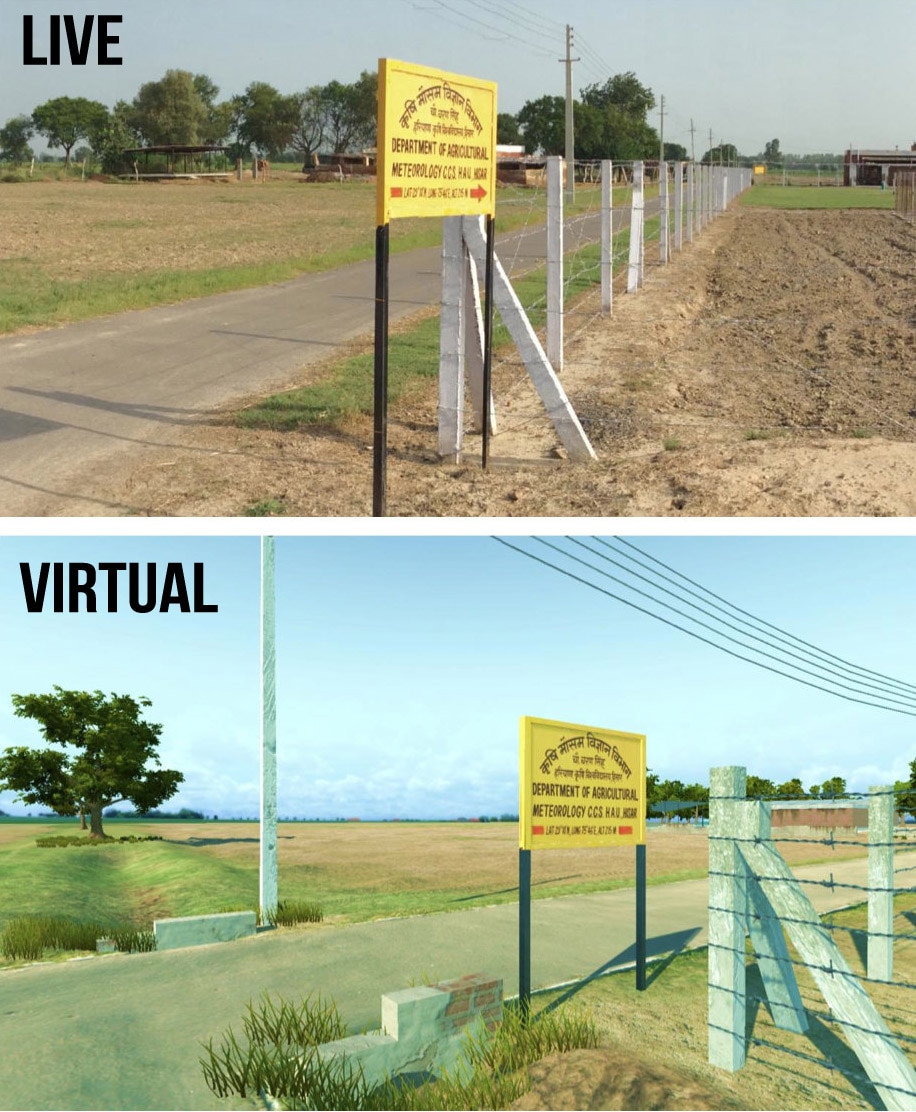
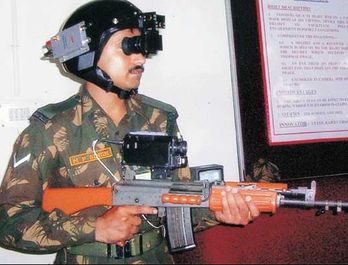
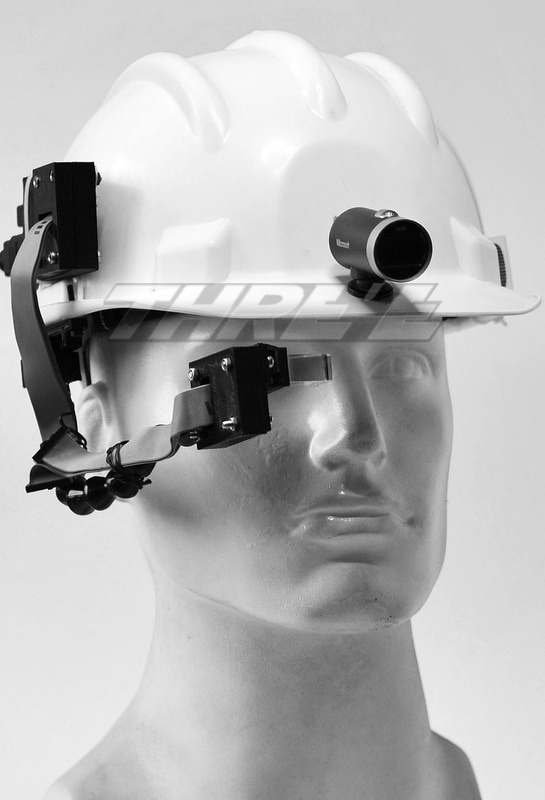
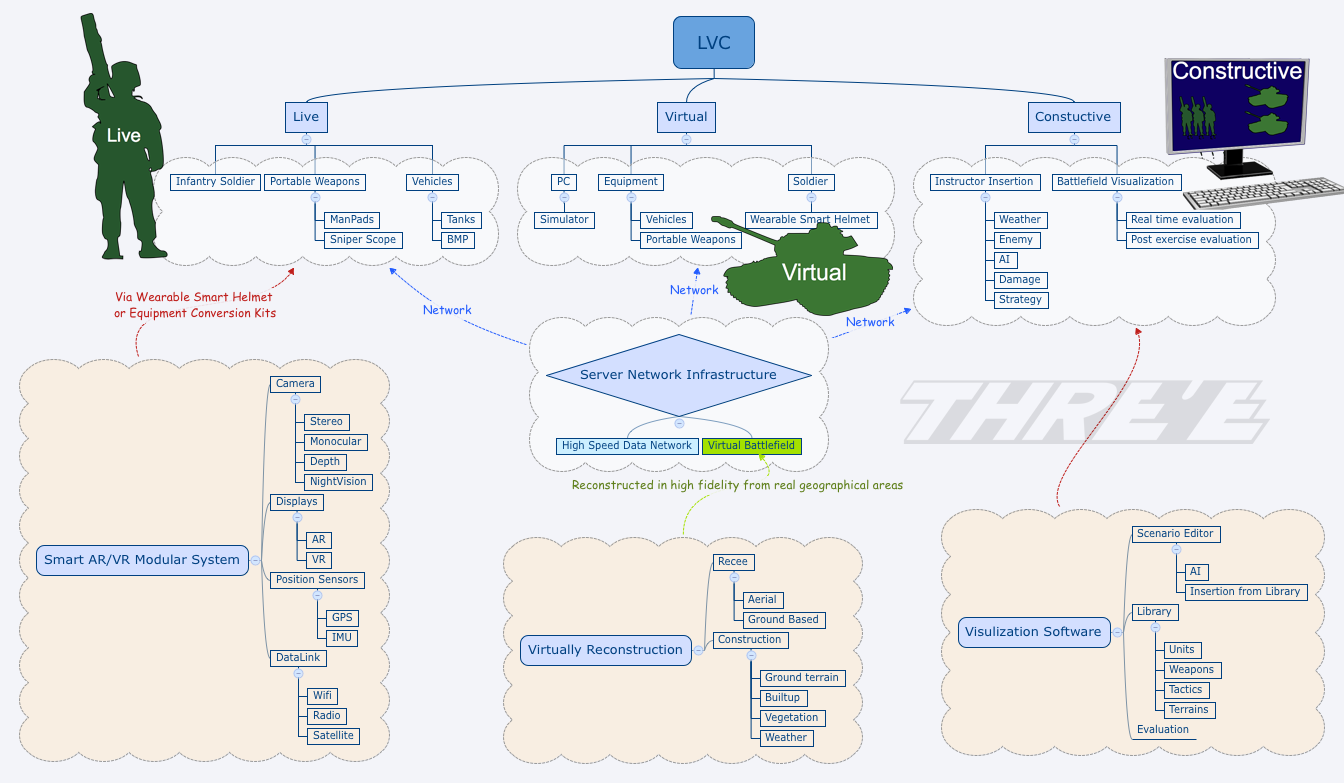
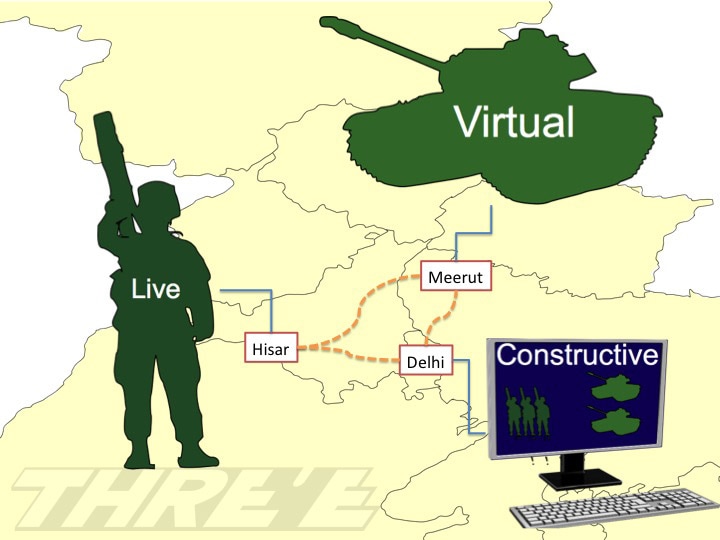
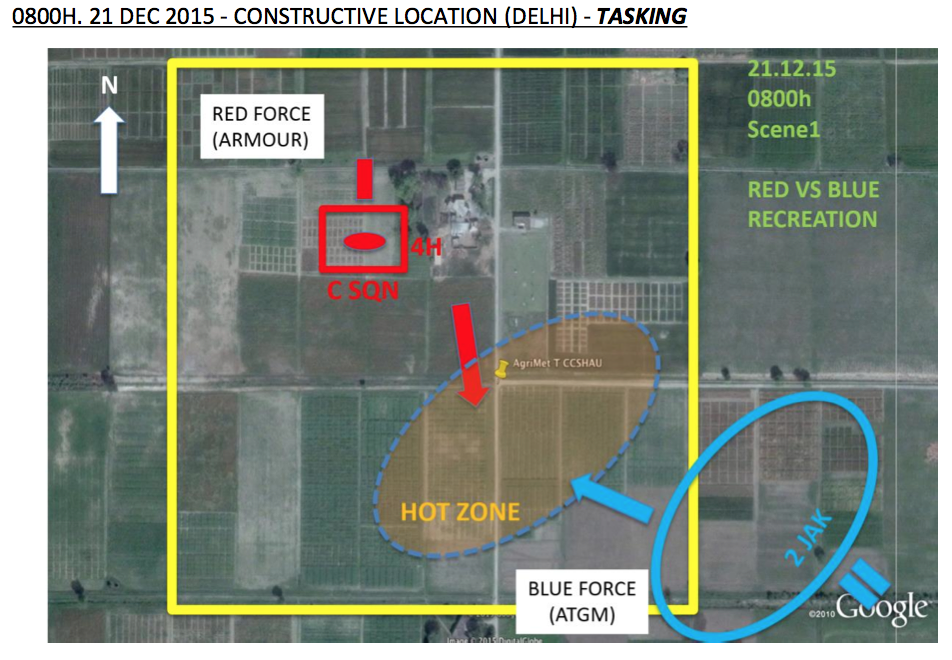
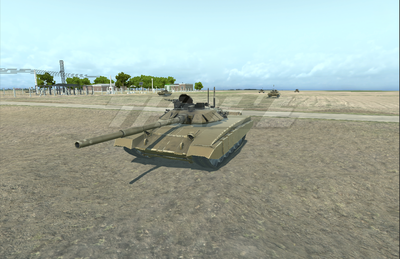
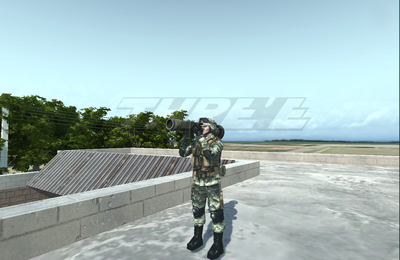
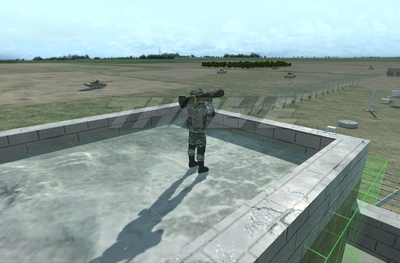
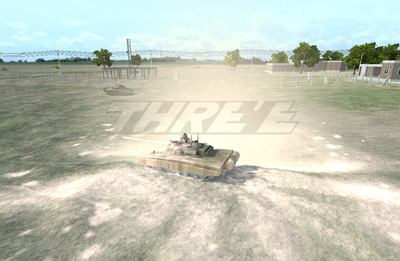
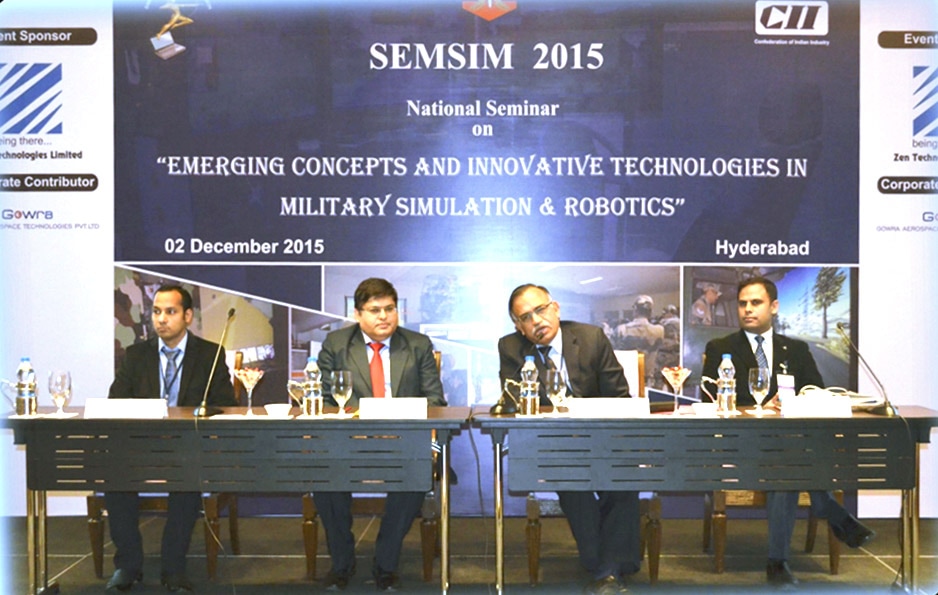
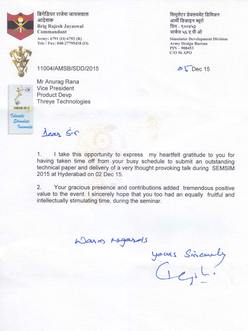
 RSS Feed
RSS Feed